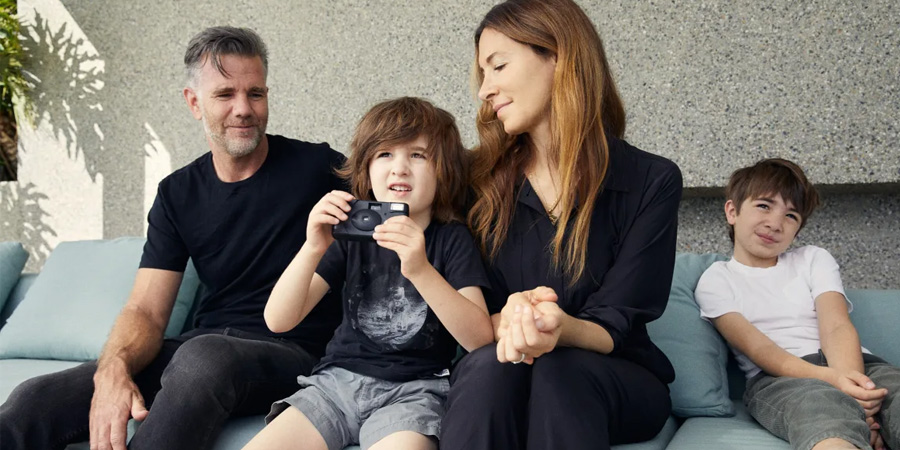 Franz von Holzhausen is head of design at Tesla; Vicki von Holzhausen is the founder of a vegan leather bag brand. The duo talk about why Tesla ditched leather, the differences between fashion and automotive, and how they inspire each other.
Franz von Holzhausen is head of design at Tesla; Vicki von Holzhausen is the founder of a vegan leather bag brand. The duo talk about why Tesla ditched leather, the differences between fashion and automotive, and how they inspire each other.
To get a glimpse of what a sustainable future might look like, you might pull up a chair at Franz and Vicki von Holzhausen’s dinner table.
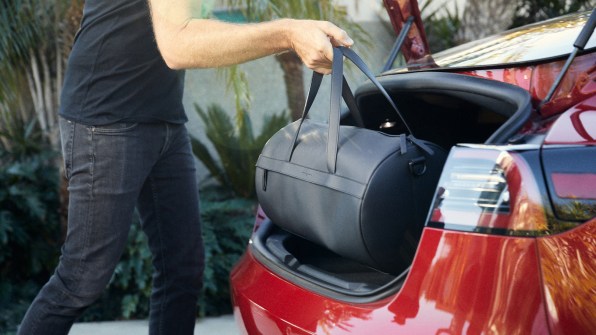
Leather is widely used in both the fashion and the automotive industries, but producing the material has an enormous environmental footprint spanning the greenhouses gases emitted in cattle farming to the water and chemicals used in the tanning process. The Global Fashion Agenda, a sustainability nonprofit, calls leather the “most unsustainable material of all commonly used fashion materials.” At von Holzhausen, Vicki works with labs to develop a material that looks and feels like leather, but is made from recycled plastic, is biodegradable, and has a low carbon footprint. She uses this material, which she calls Teknik-Leather in her handbags, which have developed a cult following among eco-minded celebrities, like Kate Bosworth. Now, Vicki is developing alternative leathers for other fashion brands and even other industries, including the automotive sector.

When they’re not chasing after their two sons, Vicki and Franz spend a lot of time exchanging ideas and influencing each other’s work. Case in point: Vicki has just launched a collection of men’s accessories for von Holzhausen that was directly inspired by her husband, who she also enlisted to test early prototypes.
I sat down with them to talk about why the fashion and automotive industries are both so stubbornly addicted to leather, what it takes to get consumers to switch to more eco-friendly products, and why they’re hopeful about the planet’s future.
Fast Company: Franz, how did you influence Vicki’s latest collection?
Franz von Holzhausen: I didn’t bring much to the project besides explaining to Vicki the types of products I use every day—like bags and belts—and the kind of functionality I’m looking for in them. She took all of those insights and brought her design sensibility and materials. I also tested the products. I’ve been wearing a backpack for two years now. I don’t think a leather backpack would survive the way I throw it around.
Why do you think people are so attached to leather even though it has such a terrible environmental footprint?
FvH: The fashion and automotive industries are such staid industries. Brands and consumers are fixated on the idea that there is no more premium or durable material than leather. But in a lot of cases that durability requires a lot of top coats and other potentially toxic solutions that make it long lasting and scratch proof. Then there’s the texture. On a horse saddle, a patina is considered beautiful, but in a car, it can be perceived as bad quality. So auto manufacturers have to find a supplier that can come up with a perfect finish that requires a lot of chemicals.
This is something that many people don’t think about. They think that leather is this pure material that comes straight off the animal. And they don’t realize that the yield on a cow hide is not very good. The imperfect outline of a cow hide means there is a lot of product that isn’t used. This creates an incredible amount of post-industrial waste.
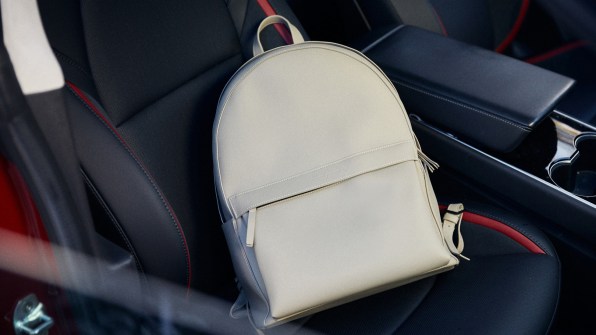
Does Tesla use leather in its interiors?
FvH: No, we stopped using leather on our seats and our interiors for several years now. Our goal was to find a material that feels more premium, looks better, and performs for at least 10 to 20 years. It’s got to handle really extreme environments: sub-zero temperatures up to the triple-digits sitting in a parking lot. We used materials that were similar to the qualities of leather, including little imperfections that you might find in a natural product. [Tesla does not use Vicki von Holzhausen’s Teknik-Leather.] It’s not something we promote or talk about; it’s just an underlying element that furthers the sustainability of the car.
I don’t think a lot of people know you’re leather-free. Why don’t you advertise that more?
FvH: Tesla was trying to make a product that people would actually want, instead of trying to change their mindset or value system. For the longest time, there was this idea that an electric car was for crunchy tree huggers. And in the early days of electric vehicles, some cars were just subpar and didn’t feel aspirational. The consumer would think: Why am I making a switch? It’s just making my life harder.
We had to overcome that stigma by making something that is more fun to drive. At the end of the day, the overall ownership experience is far more than just the internal combustion. What we were trying to say is that they can actually have a better product. You can have a better car that does everything better; it’s more fun and technically advanced, and it also moves us towards a better future where we are not relying on gasoline and other finite resources.
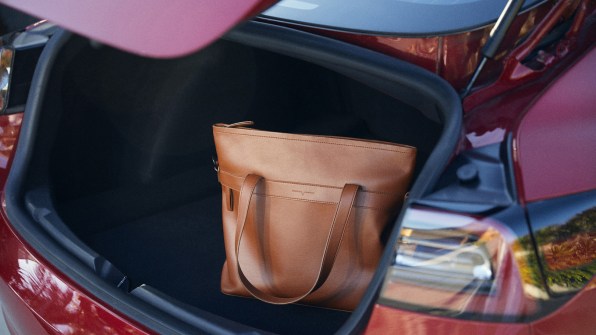
Sometimes when you want to change a perception, you need to over-deliver. You have to make something better. And that’s what I think Tesla is really good at—to make a car that is better to help people realize that it’s a superior product. We created a kind of template that was achievable. It’s great to see other car brands coming on board because this is a huge problem, and it’s going to take many more consumers and manufacturers to move things in the right direction.
I always thought that if you saw one of our cars in a parking lot and if you’d never heard of Tesla, would you be attracted enough to it to learn more? I think the same thing has to be true with Vicki’s brand. If you saw the bag from afar, is it desirable enough that you’d be intrigued independent of how it’s manufactured? That’s part of the allure of looking and feeling good. In some ways, both cars and fashion are emotional purchases: You buy them to make you feel good.
Much like with electric vehicles, there’s now a stigma around alternative leathers. Consumers associate them with the tacky pleather that is widespread in the fashion industry. How do you overcome that?
Vicki von Holzhausen: It’s something we think about every day. Pleather was not trying to outperform leather or have a lower carbon footprint. It was just cheap.
What sets von Holzhausen apart is that we have a mission and a purpose behind what we’re building. We’re trying to create a material that feels as rich and supple as premium leather, but that actually performs better than leather. And importantly, it must dramatically improve the carbon footprint. The plastic is recycled and from plant-based inputs that divert land waste.
We use von Holzhausen products as a testing ground for our material innovations. We know the specifications we have to hit to make a product that that works for the fashion industry. Now we create materials for for the automotive industry, which I know well. I think it’s important to service that industry, but I think every industry that uses leather needs to start thinking about more sustainable alternatives.
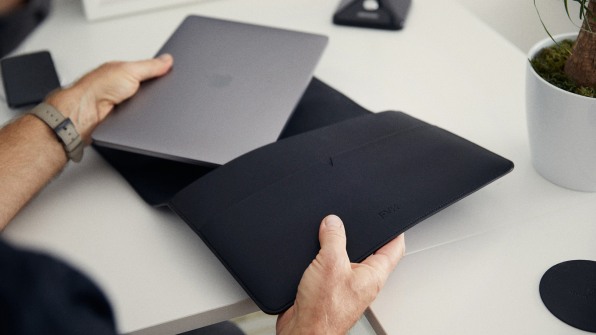
What is the difference between the materials you create for fashion brands and for car brands?VvH: When you’re dealing with a fashion client, they want something that looks like a classic leather cowhide or a supple lambskin.
Meanwhile, for the car industry, there are very strict specifications around things like being flame retardant. And there might also be a certain heritage that they want to highlight; the leather has to look a certain way, have a certain grain that their car interior is known for. So we try to match these haptics: The way it looks and feels. In other words, the auto brand wants to control the design, and what we can do is meet their specifications, while also providing sustainable inputs. Within those boundaries, we also try to push the limits. We might suggest moving towards 50% more recycled content that still performs the way they want it to.
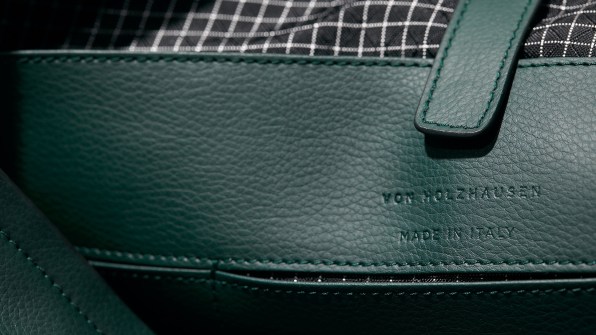
What does the market look like now? Is there a growing interest in more sustainable leathers?VvH: I see the market quickly moving towards sustainability. This applies to all aspects of our lives. People are more conscious about their carbon footprint. Look at the way people are eating today. Look at the success of companies like Beyond Meat or Impossible Foods. The customer really wants to know where things originate and what it means for them.
The affluent customer has the privilege of being an early adopter, and some are interested in these new types of materials or alternatives. In the car industry, I’m seeing a tremendous desire to switch out of old materials and onto more sustainable options.
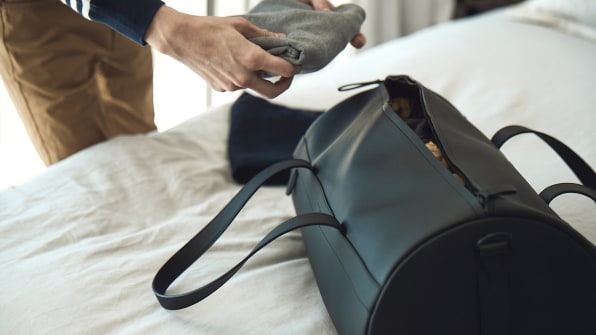
As designers and a married couple, do you shape each other’s approach to design?VvH: Yes. The story of Tesla is immensely inspiring to me. It has been wonderful to witness it for the last 13 years Franz has been working there.
But I’d say that it’s about more than the two of us: It’s also about the community we’ve created for ourselves. We have an amazing group of friends, many of whom are entrepreneurs. It’s also inspiring to be around people who are innovating and making positive change in the world.
Together, we try to live out our values. Our house is powered by solar panels and we drive only electric cars. I’m vegan. It’s important—and powerful—to practice what you preach.

